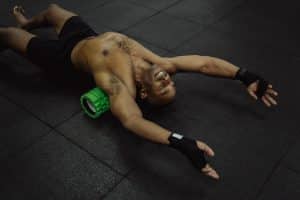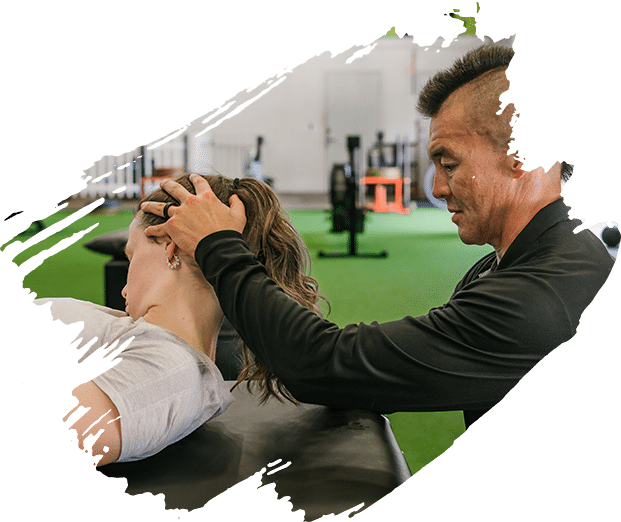 Some foam roll before exercise and appreciate how well it loosens and warms muscles. However, the real benefits of foam rolling are the techniques used after working out to speed recovery. Foam rolling is a form of self-massage that works the connective tissue. Some foam rollers have smooth surfaces. Soft projectiles are on others. The ones with projectile target trigger points in the myofascial tissue and muscles.
Some foam roll before exercise and appreciate how well it loosens and warms muscles. However, the real benefits of foam rolling are the techniques used after working out to speed recovery. Foam rolling is a form of self-massage that works the connective tissue. Some foam rollers have smooth surfaces. Soft projectiles are on others. The ones with projectile target trigger points in the myofascial tissue and muscles.
The foam roller provides a massage that can reduce inflammation by improving circulation.
Massage therapy, whether by another human or a self-massage using a foam roller, relieves pain by increasing circulation and helping to prevent DOMS---delayed onset muscle soreness. Most studies are small, so you should decide whether it helps you. You should feel better after you do it, so it does provide short-term benefits. The roller aids in reducing the tension in the area between the muscle and the skin---the fascia.
If your back is killing you, foam roll it.
Sit on the floor with your feet flat and your knees bent. The foam roller should be directly behind you. You can use your hands to help lower your back onto the foam roller. Once your midback is on the foam roller, put your hands behind your head. The ends of the roller should line up with your shoulders. You can roll your legs side-to-side before you start to begin the massage up and down. Then, push with your legs to get the roller to your mid back. Roll up and down or side to side in any area where it feels tight.
If you pushed your leg day a little too hard, use this technique with a foam roller on your thighs.
If you can get into a forearm plank position, put the foam roller under the front of your legs where they join at the hips. Otherwise, put the foam roller down and lower yourself into your forearm plank position, using the foam roller to help support you. Put your weight on the foam roller. The ends should be spaced evenly with the sides of your body. Push yourself forward and backward with your arms to massage your thighs and shift your weight to that side to hit tight areas.
- If you work at a desk or just finished a workout that strained your neck, lay on your back and put the foam roller under your neck. Roll your head from side to side to help relax the muscles.
- If you mastered the movements to foam rolling your thighs, you'll easily be able to do the IT bands at the side. Use similar movements, but do a side plank, using your upper hand and the leg not being rolled for support.
- To do hip flexors, roll further to one side than you did for IT bands. Turn over and sit on the foam with one leg outstretched and the other bent with your arms supporting you. Roll forward and backward to release the pressure in your hamstrings and glutes.
- Foam rolling is considered safe for almost all people. However, always check with your healthcare professional first. Don't spend excessive time on trigger points. It can increase your pain. Don't use the foam roller on injuries or in bony areas.
For more information, contact us today at Habitat Health & Fitness

